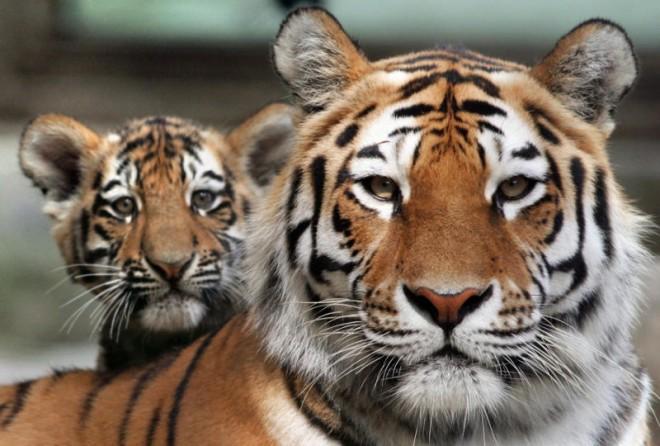
That year, governments of 13 countries that are home to tigers created the Global Tiger Recovery Plan with the goal of doubling the world’s tiger population by 2022 (the next Year of the Tiger). And now, with rising tiger numbers in India, Russia, Nepal, and Bhutan, it seems that the initiative has paid off.
There’s far more work to be done, however. And while the recent gains in the tiger population are heartening, they are truly humbled when placed in their historical context.

While tiger numbers have increased by 22 percent in just five years, over the last 100 years, the world’s tiger population has actually dropped by 97 percent. While we can rightly celebrate the 3,890 alive today, there were about 100,000 in 1900.
The two main culprits in this calamitous drop are just what you’d think (and where the Global Tiger Recovery Plan has naturally focused its efforts): poaching and deforestation. The former is going to be hard to overcome — in November of last year, the World Wildlife Fund reported that the underground market for wildlife crimes (involving all animals, not just tigers) generates about $19 billion each year.

That’s obviously quite an obstacle. But today’s news is a fantastic first step.

